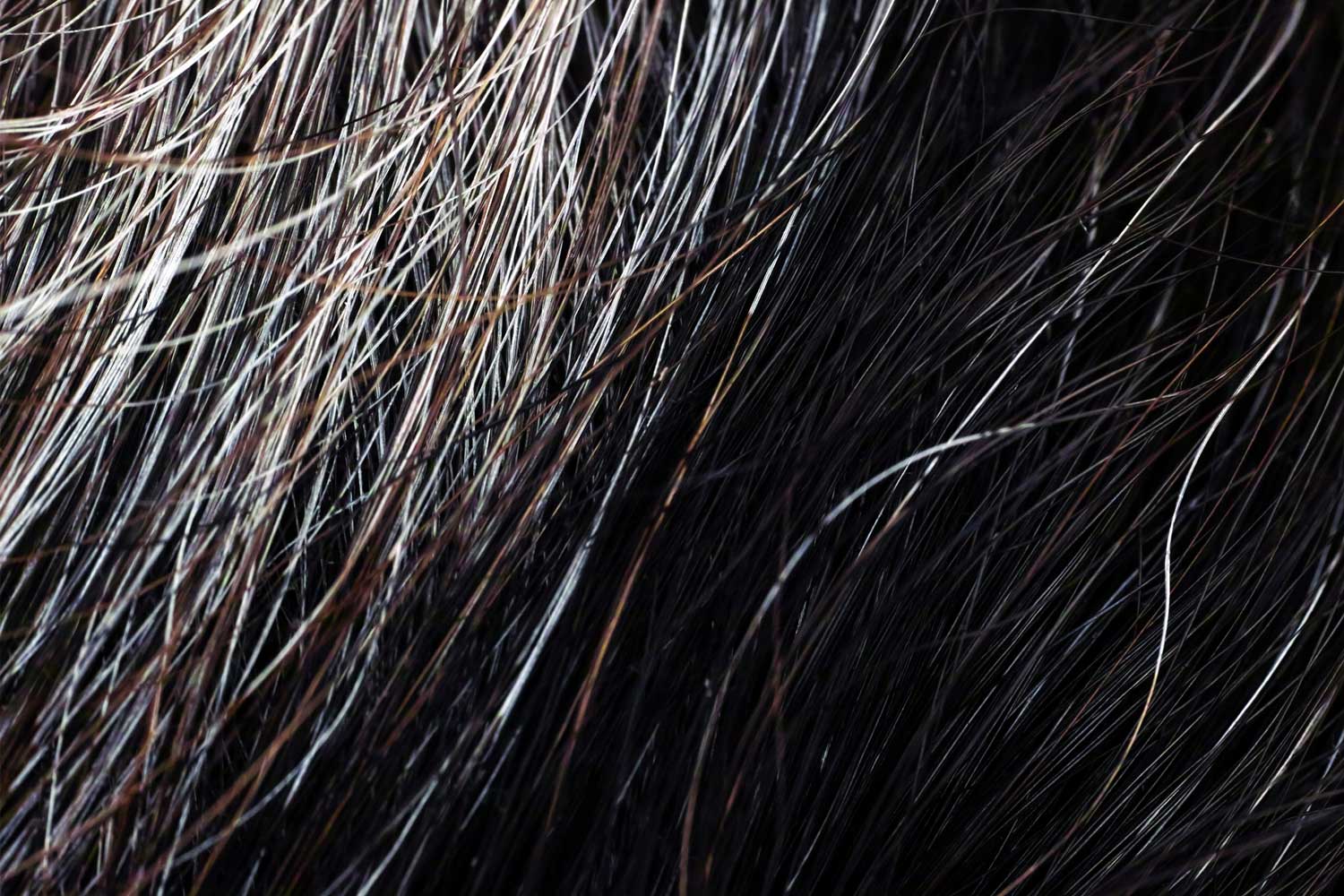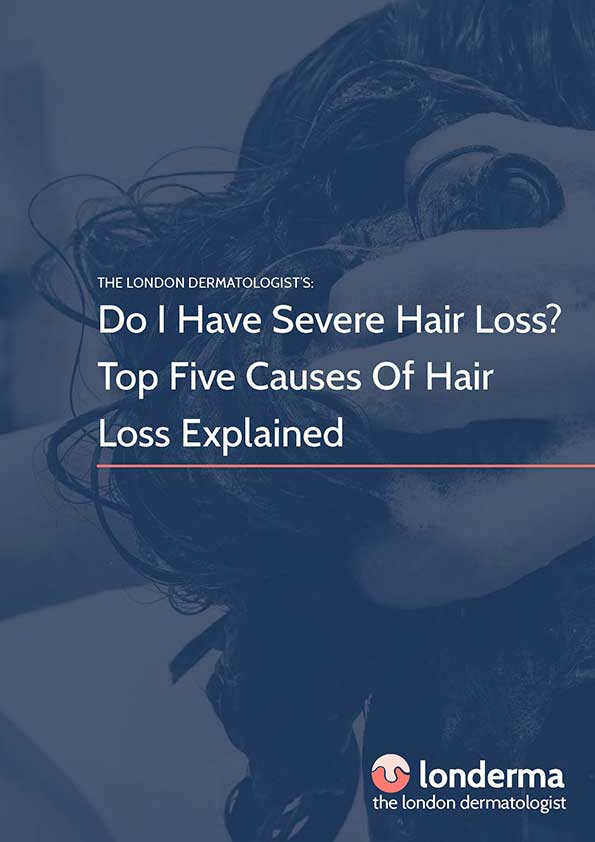Video consultations now available

Alopecia (ah-low-pee-sha) is simply the medical term for hair loss. Alopecia Areata (AA) is a very particular and common type of hair loss that usually causes circular patches of complete hair loss leaving clear patches of skin in the scalp.
It is an autoimmune condition, in which the body’s immune system malfunctions and attacks the body’s own hair follicles. In most cases, the follicles remain intact and often complete recovery of their growth occurs, although this is not always the case.
In about 1 in 20 people hair loss can progress and involve the whole scalp, which is described as alopecia totalis. Sometimes nails may also be affected, with tiny pits or thinning. Occasionally Alopecia Areata may cause more general thinning of the hair without individual patches.
A dermatologist should be able to diagnose AA. Although there is currently no cure, hair will often regrow spontaneously and treatments may help the hair regrow more quickly.
Minoxidil
Normally a treatment for male or female pattern hair loss, minoxidil 5% (Regaine) may help hair regrow in alopecia areata. It can be applied twice a day and may take 3 months to start working.
Diphencyprone
This is a medicine which is used to deliberately cause an allergic reaction on the bald patches of skin, producing red and slightly itchy areas resembling eczema. This alters the immune response in the skin and often causing new hair growth to occur. Hair regrowth may take 3 months.
Jak inhibitors
Although they are not yet available outside clinical trials, these exciting and completely new treatments for alopecia areata have been identified in the last 2 years. Jak inhibitors interfere with a communication pathway inside immune cells that are known to be involved in alopecia areata. So far two oral medicines (tofacitinib and ruxulitinib) have been tested in small clinical trials. Substantial hair regrowth occurred although this was better in patients without complete hair loss. Larger studies are now underway. It is also possible that these medicines might be used in future to treat male and female-pattern hair loss.
The outlook for alopecia areata is usually good. In patchy AA, hair growth often recovers, perhaps initially with white hair or thinner hair than before, although other new areas may appear.
Four out of 5 people with limited patches recover completely within 1 year without any treatment. Often recovery may occur with the condition coming back at some stage in the future. People with more than half of the scalp involved have a 1 in 10 chance of full recovery.
Those with involvement of the hairline at the back, sides or front of the scalp are less likely to fully regrow. In general, children with AA show less hair recovery than adults.
Scarring alopecias occur when the hair-bearing scalp skin is replaced by permanent scar tissue. In this case hair loss cannot recover, because the follicles have been lost. The absolute key is to treat these conditions as early as possible by obtaining an accurate diagnosis and starting medication to control the cause.
 eBook Download: Do I Have Severe Hair Loss? Top Five Causes Of Hair Loss Explained
eBook Download: Do I Have Severe Hair Loss? Top Five Causes Of Hair Loss Explained